Stop right now! You have to make this if you are doing a low-carb diet. This is literally the best low-carb flatbread I have ever created. They’re fabulously chewy and springy. They fold perfectly to cradle the kebab and resist cracking or breaking apart.
This flatbread has been a long and difficult journey. JT has had to endure some pretty bad flat bread samples. True, it’s pretty easy to make a flatbread that is thin and holds your kebab, but the difficulty lies in the chewy and springy texture that the original flatbread has. It’s mandatory for flatbread. This recipe has it all.
Low-Carb Flatbread
A Kitcheninspirations original recipe
Makes 8 flatbreads
Ingredients:
- 320 g water, about 60° F
- 2 g sugar
- 8 g instant yeast
- 80 g Lupin Flour
- 170 g Vital Wheat Gluten
- 38 g Oat Fibre
- 30 g psyllium husk, ground
- 48 g Erythritol
- 8 g Sea Salt
- 20 g baking powder
Directions:
- Combine the water, and yeast and set aside to allow the yeast to bloom.
- In the large bowl of your stand mixer, combine the erythritol with vital wheat gluten, oat fibre, lupin flour, psyllium husk, and salt, and stir to mix well.
- Once the yeast has become foamy, add it to the flour mixture and knead with the cookie dough paddle until the dough has come together. Allow to rest for 5 minutes. Sprinkle the salt and baking powder onto the dough and continue to knead for 15 minutes. Form the dough into a ball with your hands and cover to rest for 30 minutes.
- Once rested, divide the dough into 8 equal portions, roll out each piece into an oval, rub with EVOO and allow to rest for 10 minutes covered with a clean kitchen towel.
- Preheat a cast iron pan on medium heat. Cook each flatbread until golden, flip and continue until all have been cooked. Freeze in an airtight container/bag. Defrost in the refrigerator and reheat, slightly dampened with water on each side.
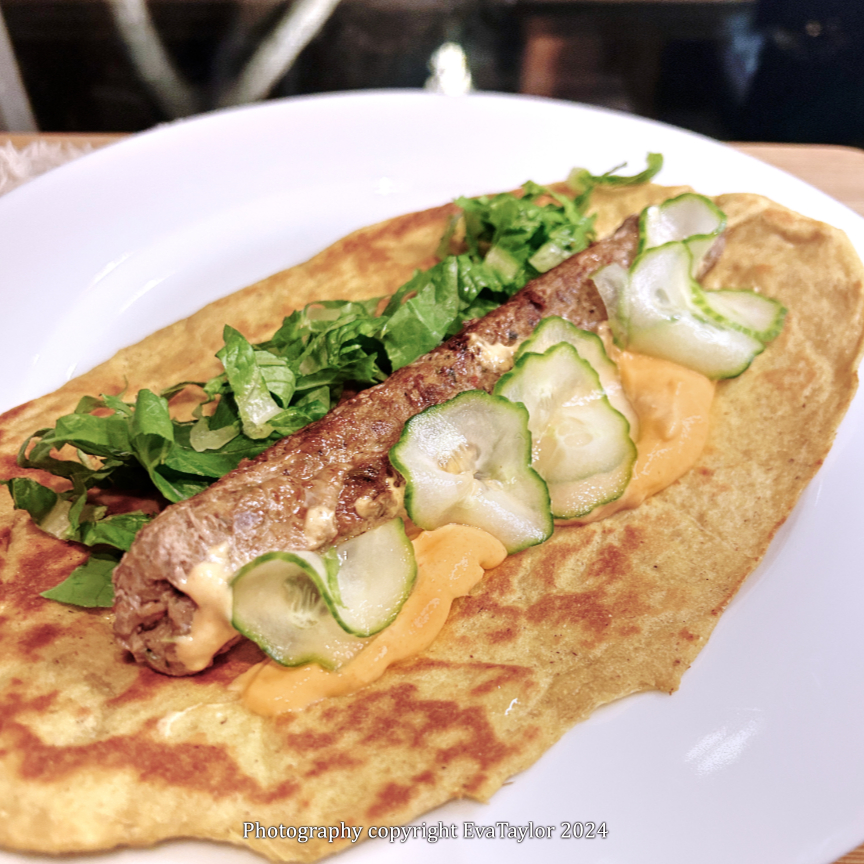
The kebabs fit into this flatbread perfectly.
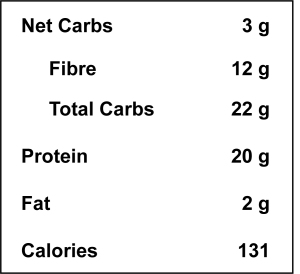
Low-Carb Flat Bread Nutrition for 1 flatbread
Notes:
- The sugar gets completely eaten by the yeast, although I have included it in the nutitional ingredients.
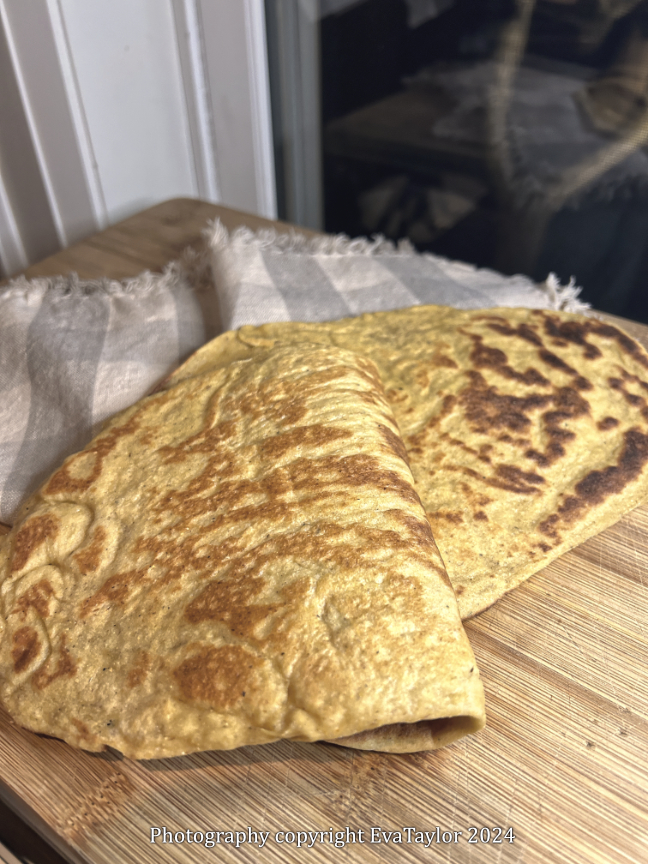
They are quite foldable, they won’t crack.


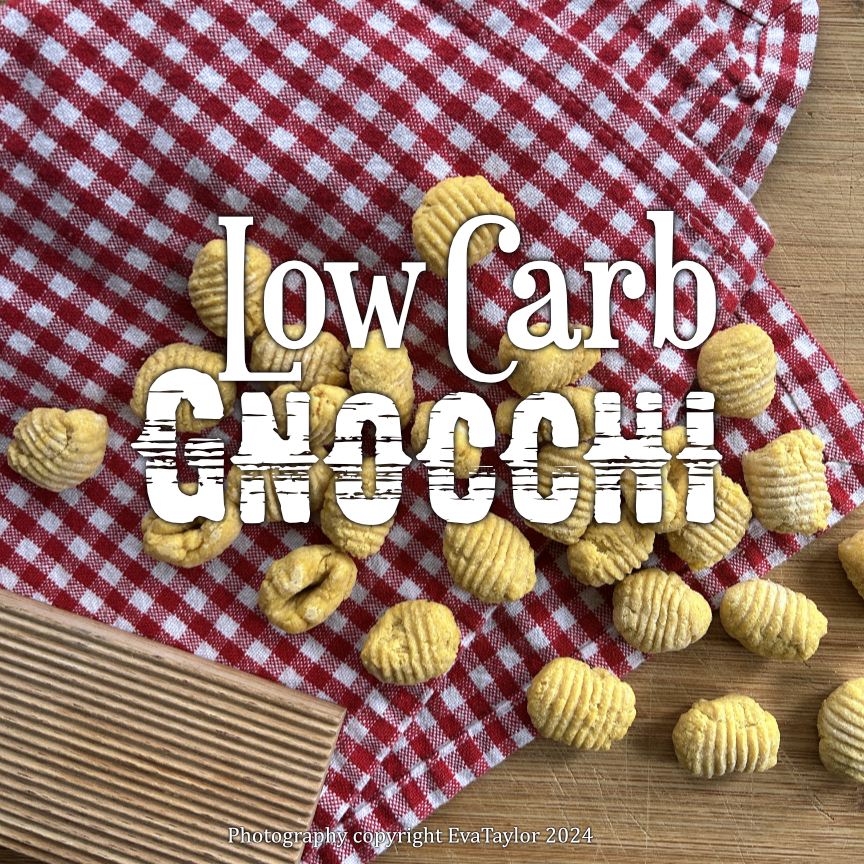

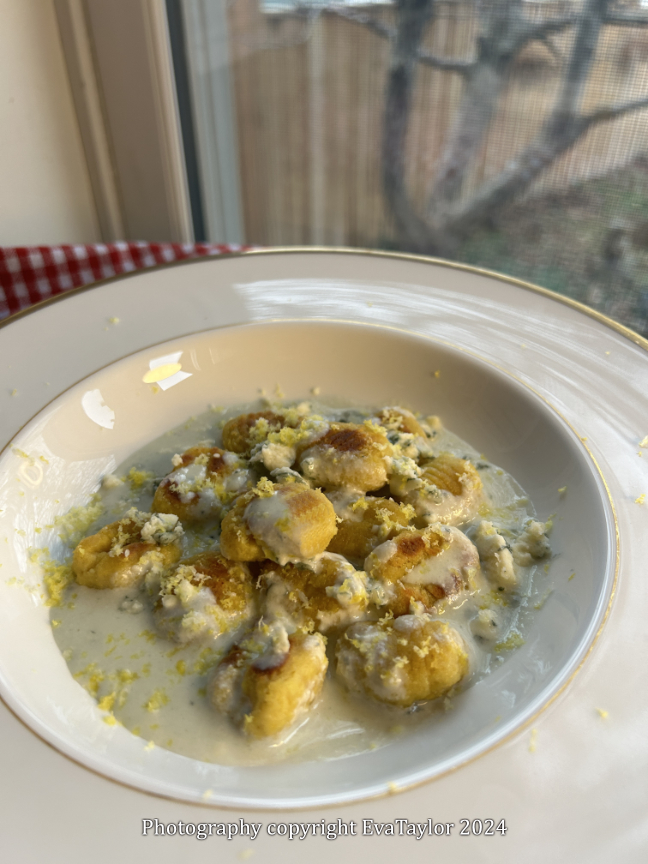
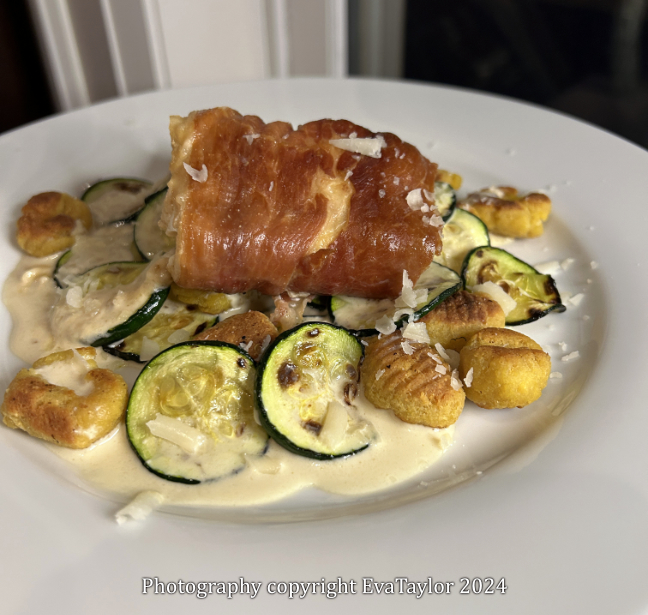
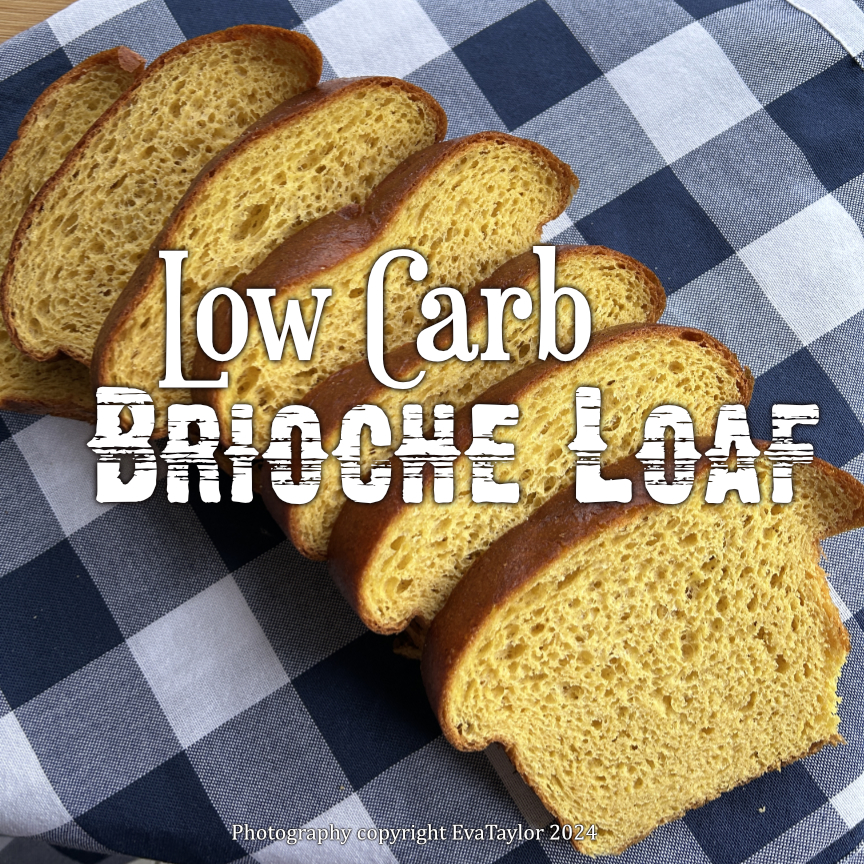
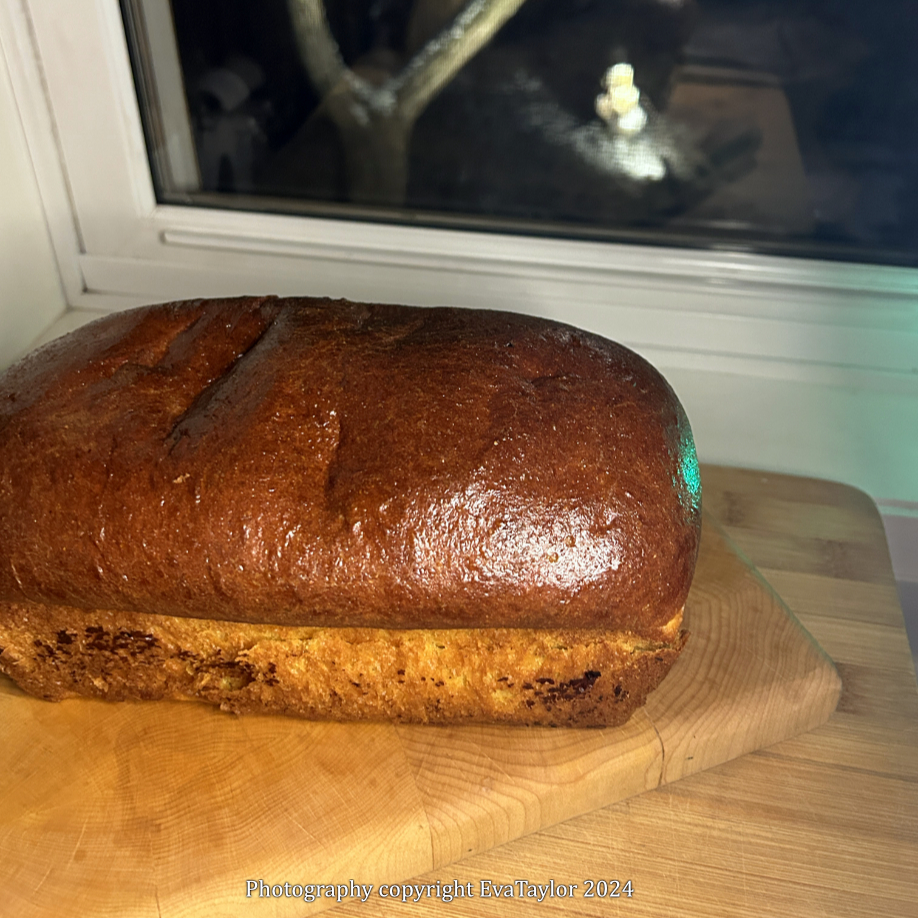
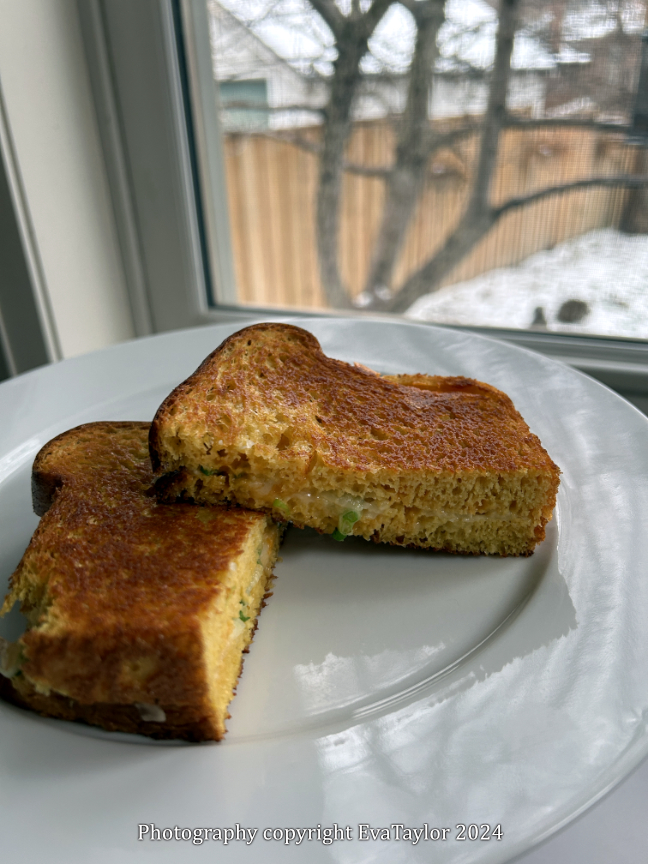
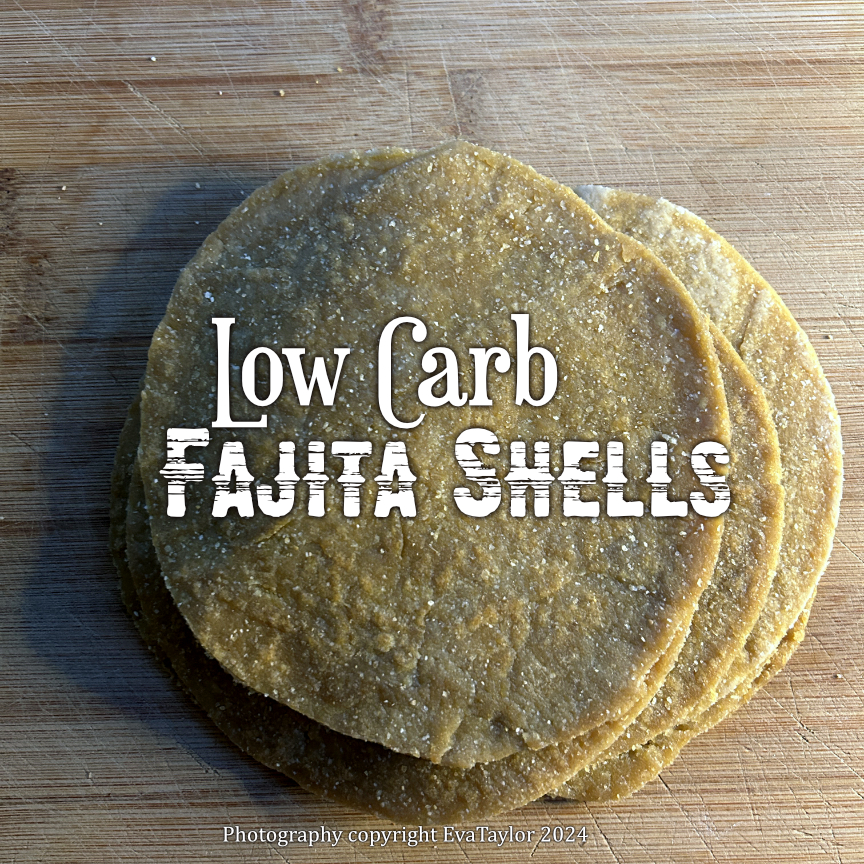

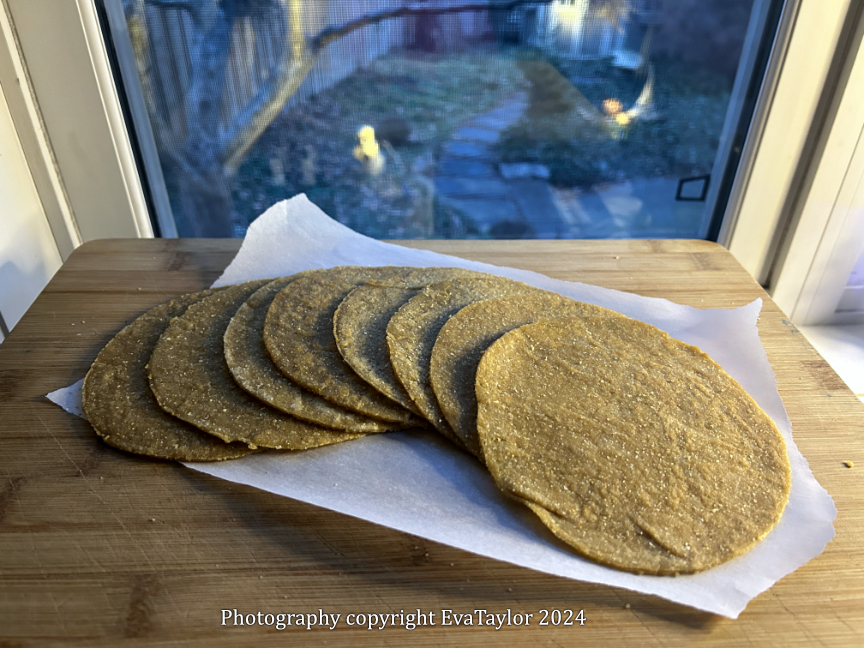
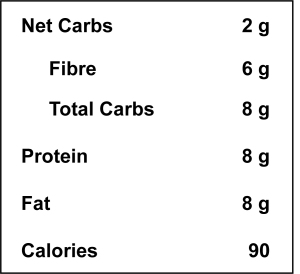
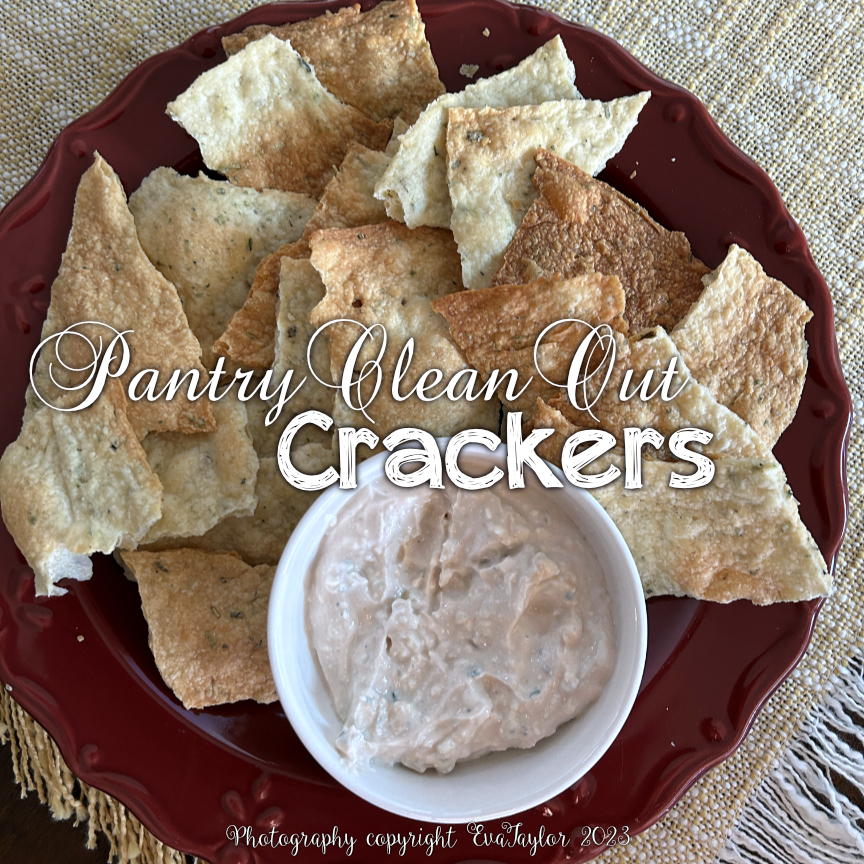
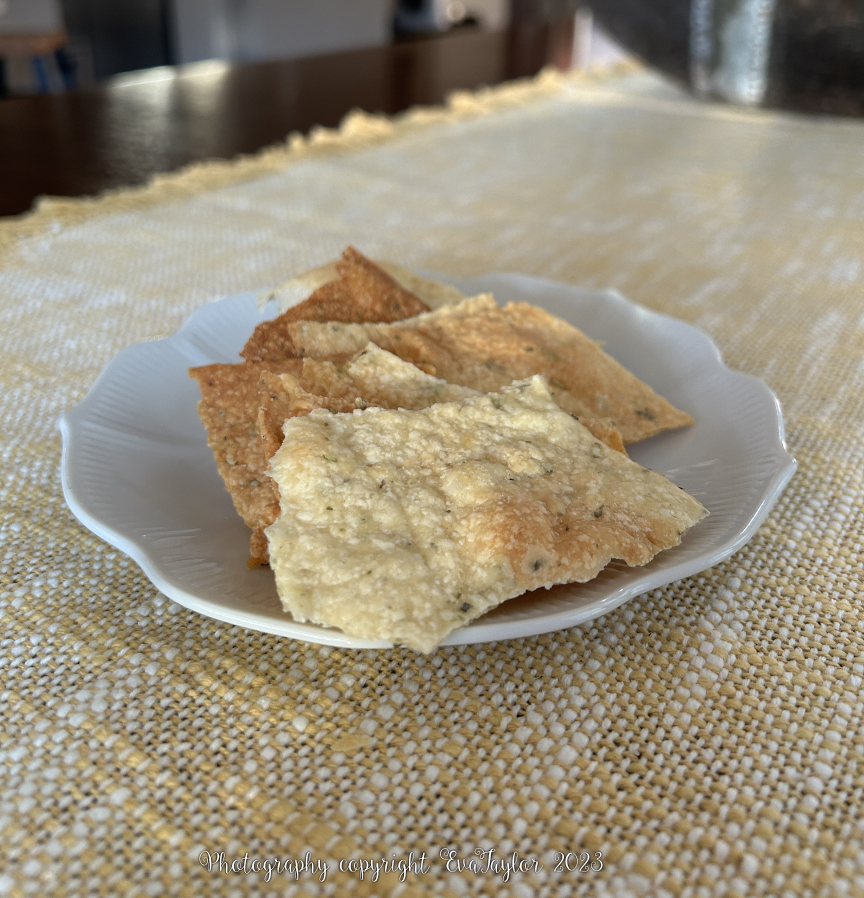
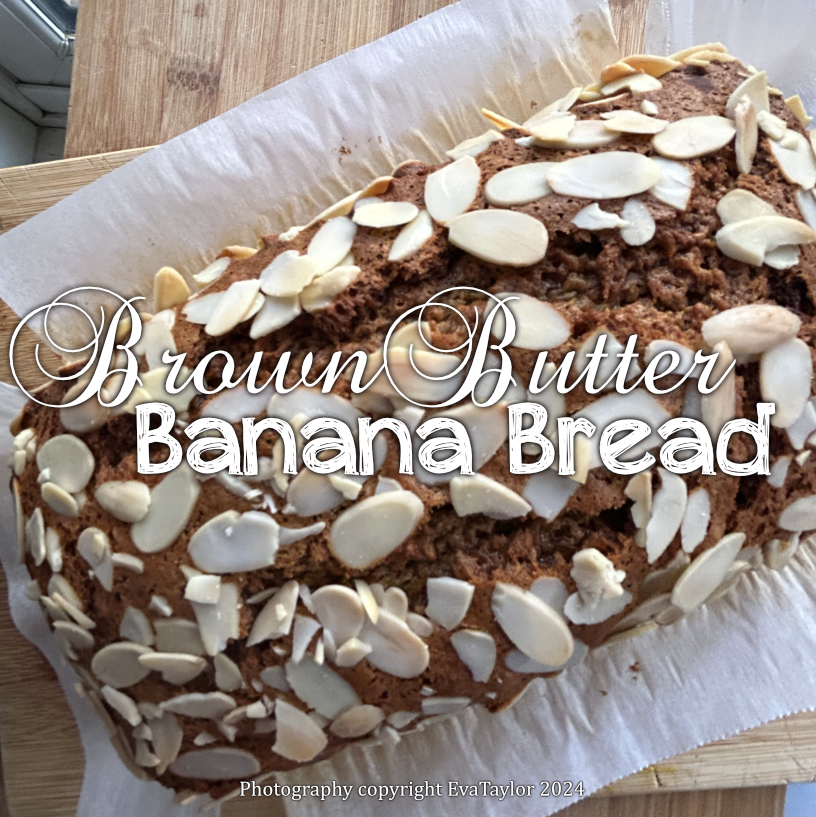
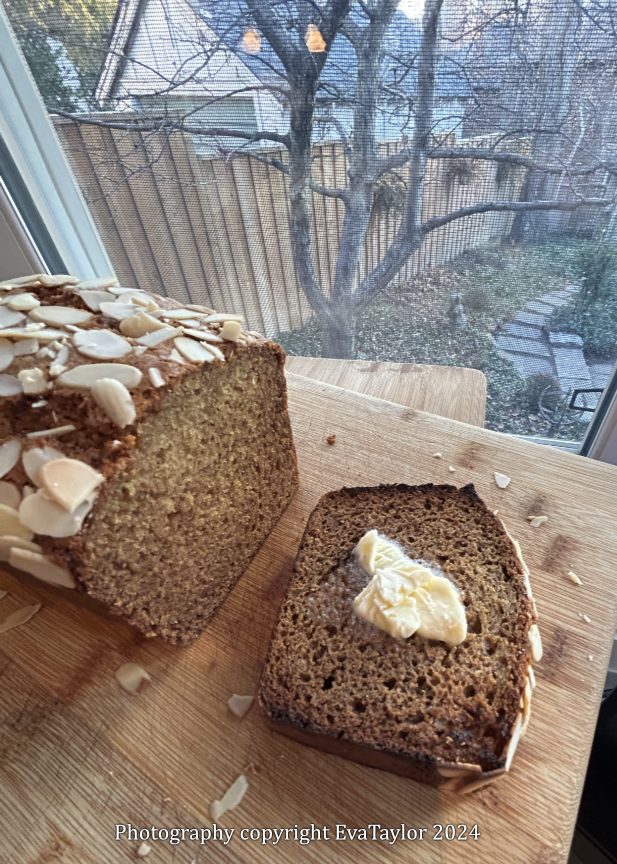
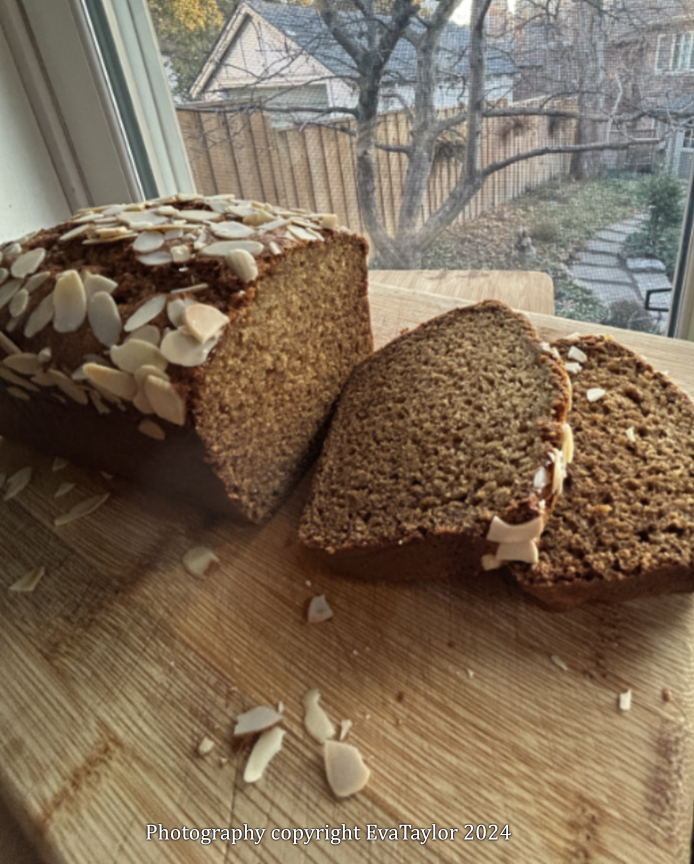
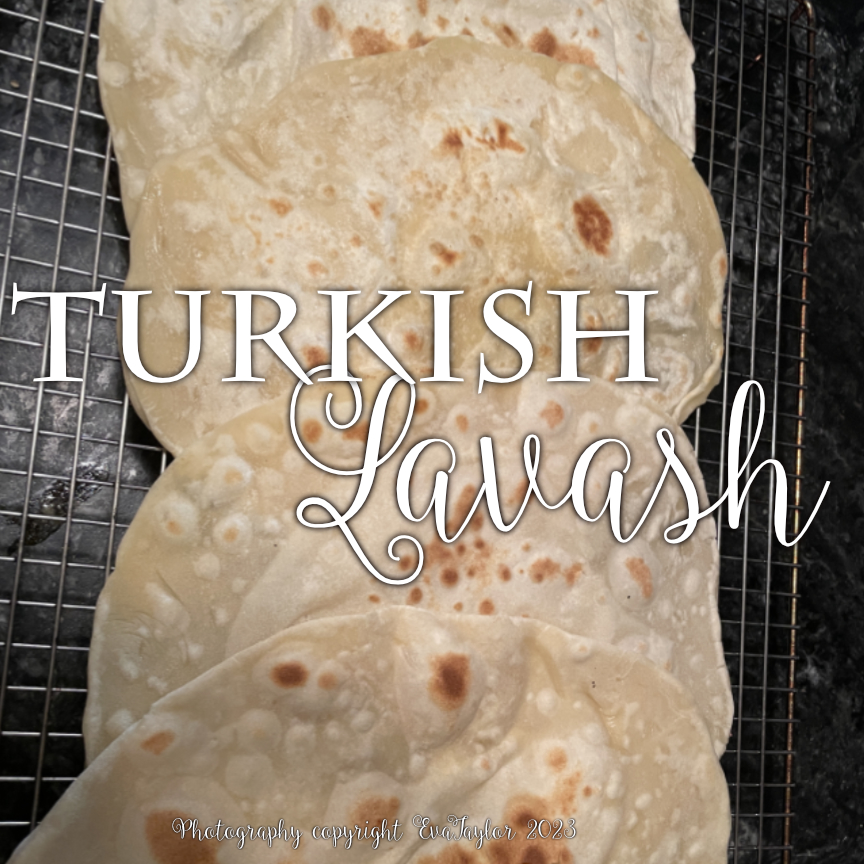
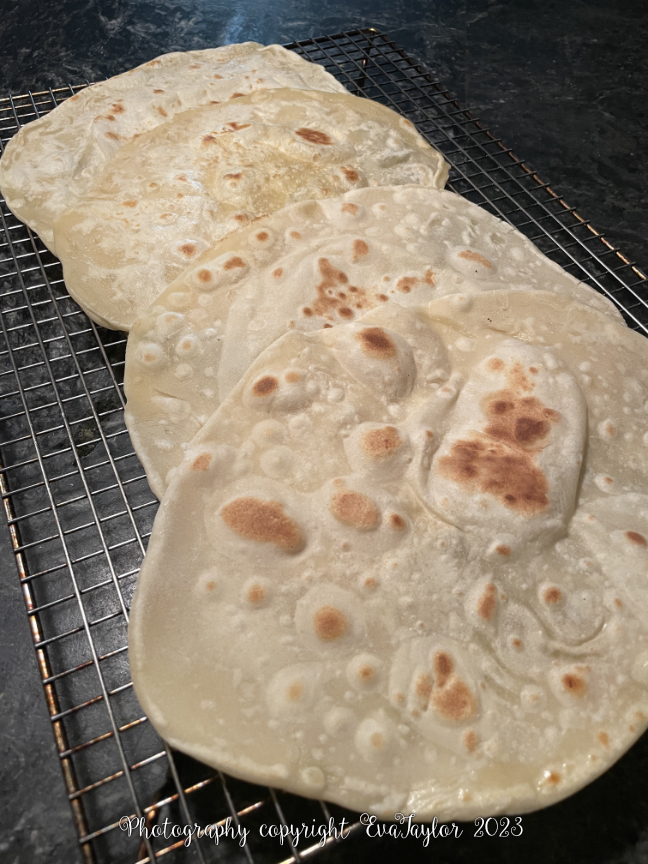

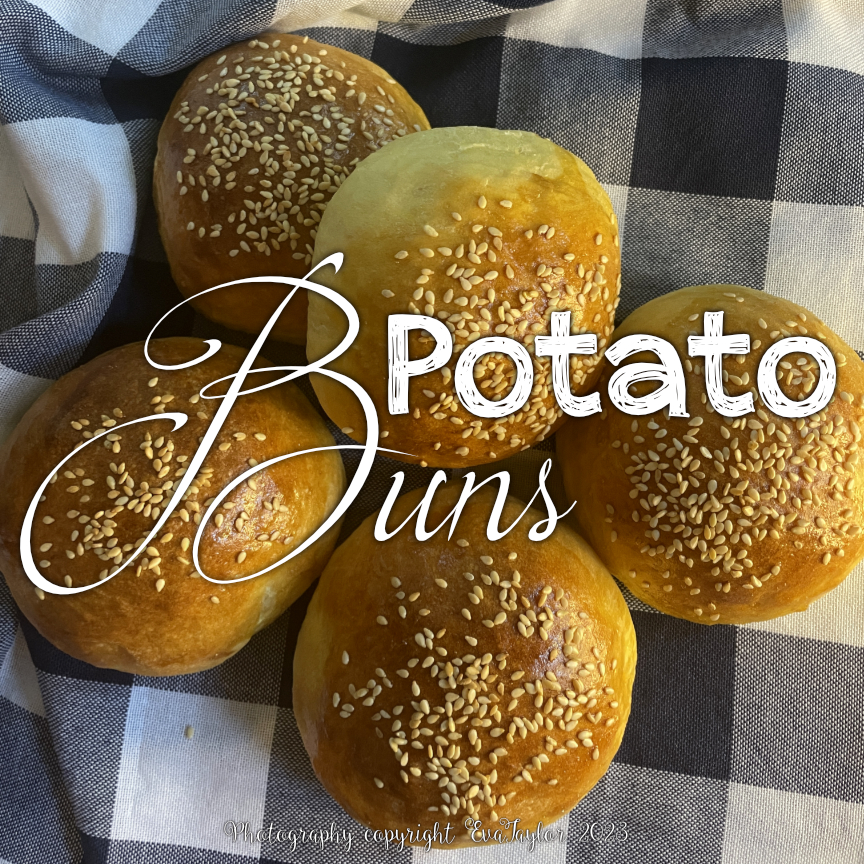

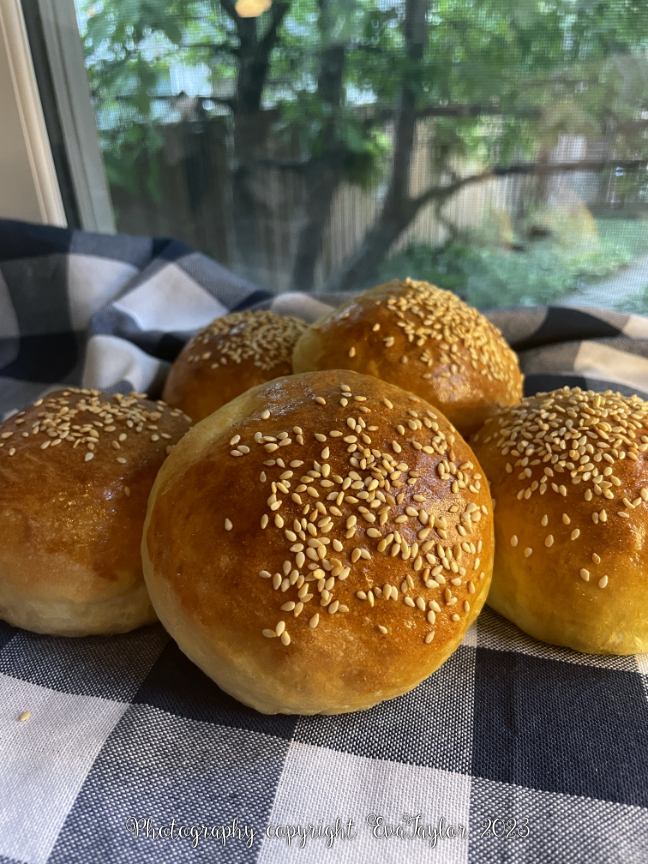
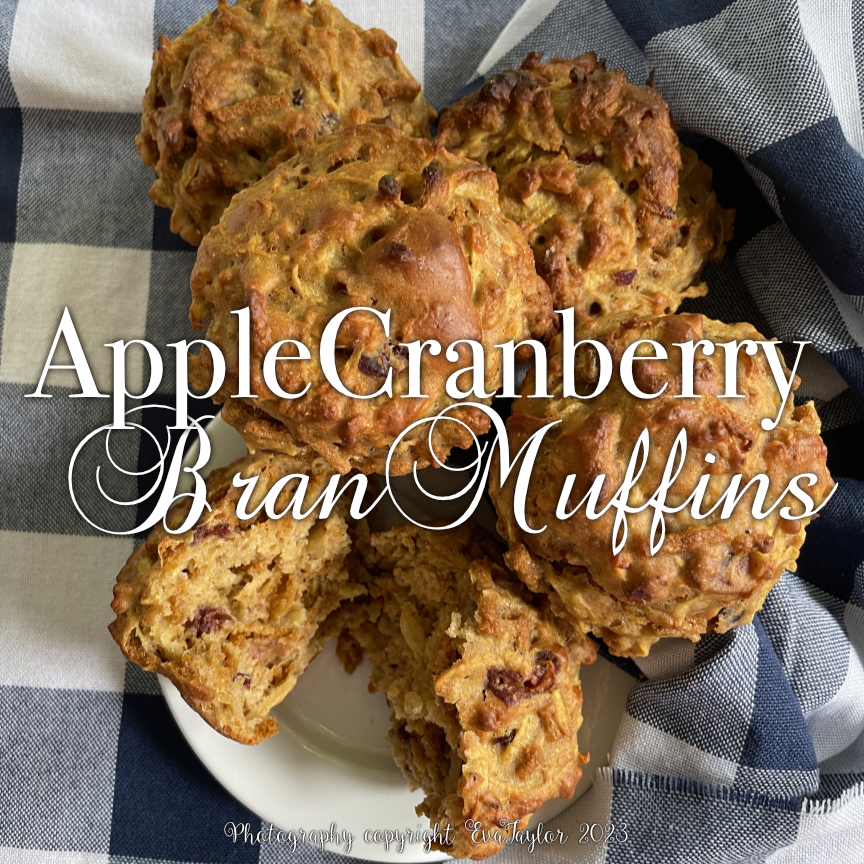
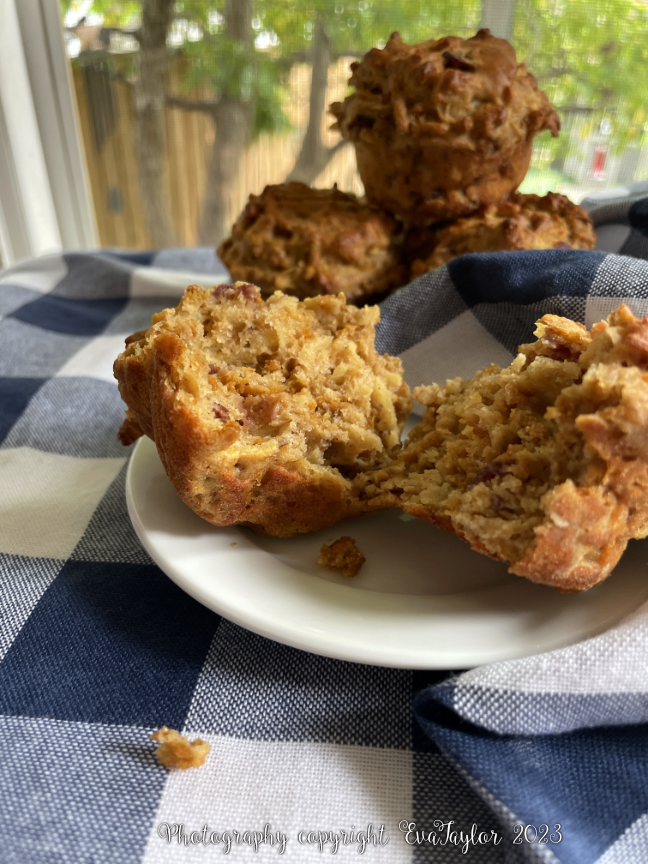
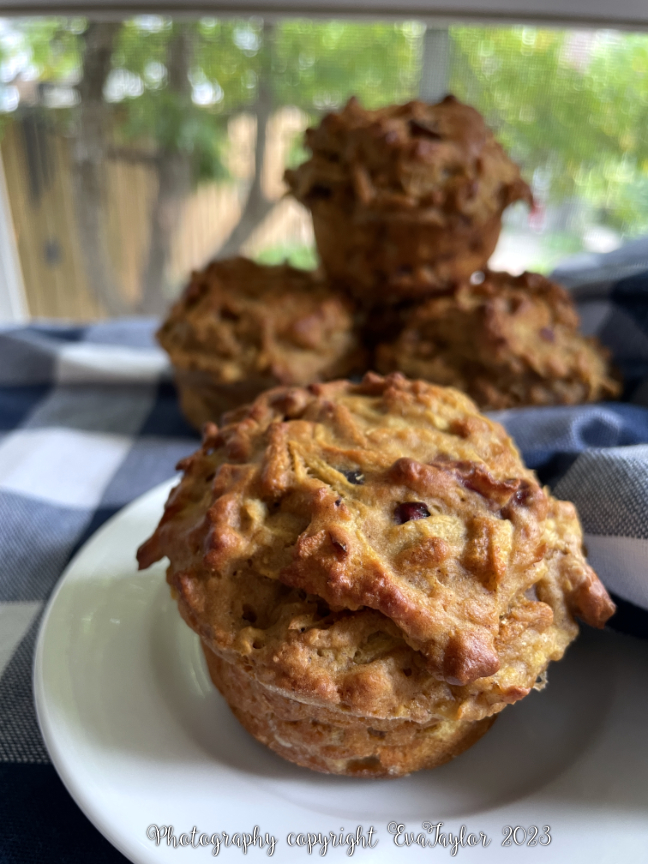








































 This loaf came out of a craving for one of those hot chicken sandwiches smothered with brown gravy that you used to get at those Mom and Pop highway diners in the eighties and nineties. They used horrible white bread that disintegrated into gluey pulp under the gravy, but I wanted something sturdier and with flavour, this loaf hit the spot. It’ll make awesome grilled cheese too!
This loaf came out of a craving for one of those hot chicken sandwiches smothered with brown gravy that you used to get at those Mom and Pop highway diners in the eighties and nineties. They used horrible white bread that disintegrated into gluey pulp under the gravy, but I wanted something sturdier and with flavour, this loaf hit the spot. It’ll make awesome grilled cheese too!







































